In December 1892, African American Baptist minister G.P.F Lightfoot, was murdered by a group of African Americans in Jackson County, Arkansas. The group retaliated because Preacher Lightfoot took their money and promised them a nonexistent passage to Liberia.
Interest in immigrating to Africa started early in the United States. The Back-to-Africa movement dates back to 1816, when the American Colonization Society (ACS) was established to help free blacks resettle in Africa. The Republic of Liberia was established in 1847 and was recognized by the U.S. government in 1864. Following the Civil War, many newly freed Arkansas slaves became interested in the movement, especially those in majority-black counties in the Arkansas Delta.
Preacher Lightfoot began operating in Jackson and Woodruff counties in September 1892. He did not start out organizing local African Americans to emigrate but began instead to collect money to help poor African Americans pay for medical expenses and burials. He moved slowly from this activity to organizing groups to go to Africa. He reportedly told some people that he himself was from Africa, and he told others that he was hired and sent by Queen Victoria.
Lightfoot was able to collect thousands of dollars from the black communities. He then disappeared, claiming that he had to go to Washington, DC to modify his plans. Before he left, he tried to Abe Moore, the treasure of the Weldon circle to give him $400 dollars he was holding, this made Moore become suspicious and refused.
The following day, Lightfoot did not show up for an appointment, and the next day no one was able to locate him. It turned out that he was in Little Rock, trying to get the various circle treasurers to come there and give him the money they had collected. An unidentified circle treasurer absconded with $1,800, and, on December 8, another treasurer named Jesse Wood exchanged a quantity of silver for paper money. He then purchased a ticket at Gray’s Station in Woodruff County and told people that “he had the money and was going away, and that the negroes could go to Africa or to h—l.”
The circle of people overheard what was said and seized Preacher Lightfoot and took the money. Reportedly, they would have hanged him if local whites had not stopped them. They returned to Jackson County and told the members of Wood’s circle that they had the members’ money, which they would return to them at noon on Friday at the Mount Zion Church in southern Jackson County.
In the middle of the circle meeting to discuss what had taken place, Preacher Lightfoot appeared, firing a bullet through the sentinel’s hat and forcing his way into the church. According to the Gazette, “every negro inside rose up and demanded that he go out. His reply was to pull out two revolvers and begin shooting.” Those in the church pulled rifles, Lightfoot fled, and the mob followed, shooting.
Lightfoot lost his balance and fell. The mob jumped on him and hacked his face and throat with razors and knives. His body was then riddled with bullets. It was reported that ninety-two black families had been ripped off by Lightfoot.
According to Morgan, however, there was a bigger price to pay. In January 1893, Claude Westmoreland and John Gill of Woodruff County signed affidavits accusing twelve African Americans from Jackson County of Lightfoot’s murder. Those named in the affidavits were Spott Couch, George Purcell, James Berry, Isaac “Ike” Slaughter, Thadd Mudd, James Harris, William Green, West Barker, Tom Billups, Jerry Green, Stant Hunley, and Thad Ezell. All were arrested and jailed in Newport (Jackson County). By the time the grand jury met in late January, John Gill had disappeared, and Claude Westmoreland had changed his testimony. The original indictments were dismissed, and John Gill was eventually captured indicted and sentenced to three years in the state penitentiary.
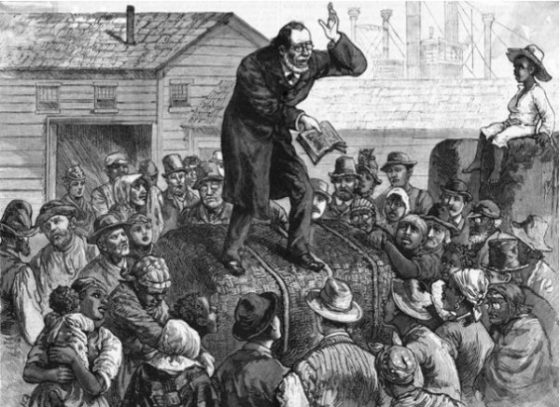
No Picture of Preacher Lightfoot available
source:
Original story found at:

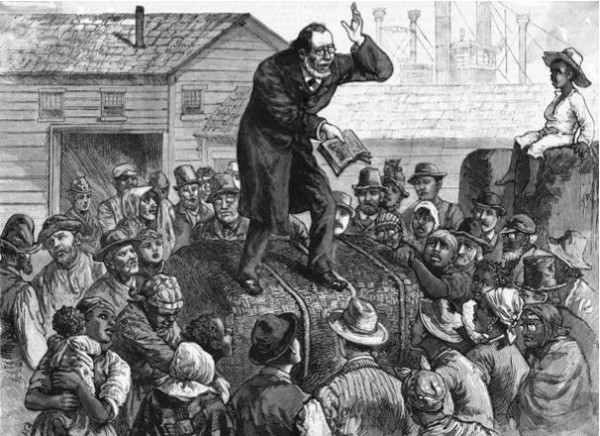




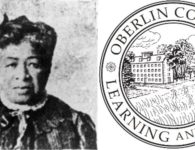
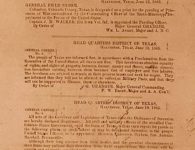
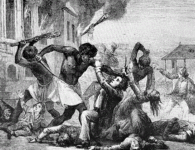
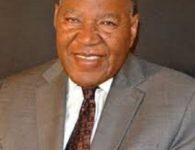
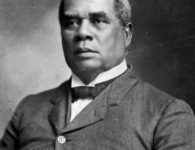
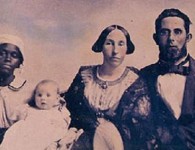
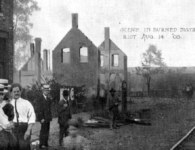

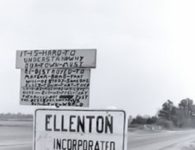
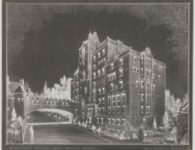

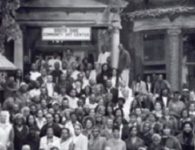

No comments